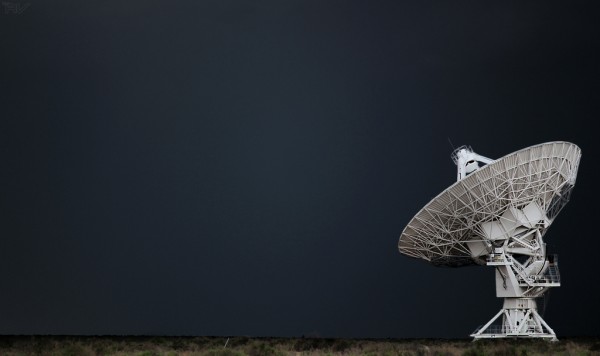By Yuz Mitra, | November 13, 2016

After World War II, a number of radio telescopes were built to investigate radio waves emanating from sources in outer space. (Flickr)
In 1931, it was discovered that there are radio waves emanating from sources in outer space. They were first detected by American engineer named Karl Jansky who was studying the static sound, which is the crackling noise that interferes with radio reception. He was able to come across a source of radio waves from far outside the solar system, in the constellation of Sagittarius.
Like Us on Facebook
After World War II, some radio telescopes were built to investigate these sources. Some extraordinary and unexpected features of the universe were revealed, including pulsars, which are tiny collapsed stars rotating at up to 30 times a second and emitting intense beams of radio waves. Radio astronomy was also responsible for discovering distant objects such as quasars, or quasi-stellar objects which are thousands of light years away and emit as much radio energy as a whole galaxy. X-ray telescopes carried by satellites have also been used for astronomical observation.
Although an optical microscope is considerably powerful, there is a limit to its resolving power, no matter the size of it, as it is set by the wavelength of visible light. Even if particles much smaller than this wavelength can be detected, it is not ordinarily possible to resolve any detail or to separate close objects. The answer to this is using a beam of electrons. Such beams typically have wavelengths a minimum of 10,000 times shorter than that of the visible light, and much shorter wavelengths are possible as they can be focused using electric or magnetic fields, to form images.
The first electron microscopes were also built in the 1930s. Electron microscopy involves the process of slicing a thin piece of material to be examined and having a beam of electrons pass through the material. The electrons that strike the screen afterward are what is responsible for creating an image visible to the naked eye.
-
Use of Coronavirus Pandemic Drones Raises Privacy Concerns: Drones Spread Fear, Local Officials Say

-
Coronavirus Hampers The Delivery Of Lockheed Martin F-35 Stealth Fighters For 2020

-
Instagram Speeds Up Plans to Add Account Memorialization Feature Due to COVID-19 Deaths

-
NASA: Perseverance Plans to Bring 'Mars Rock' to Earth in 2031

-
600 Dead And 3,000 In The Hospital as Iranians Believed Drinking High-Concentrations of Alcohol Can Cure The Coronavirus

-
600 Dead And 3,000 In The Hospital as Iranians Believed Drinking High-Concentrations of Alcohol Can Cure The Coronavirus

-
COVID-19: Doctors, Nurses Use Virtual Reality to Learn New Skills in Treating Coronavirus Patients







